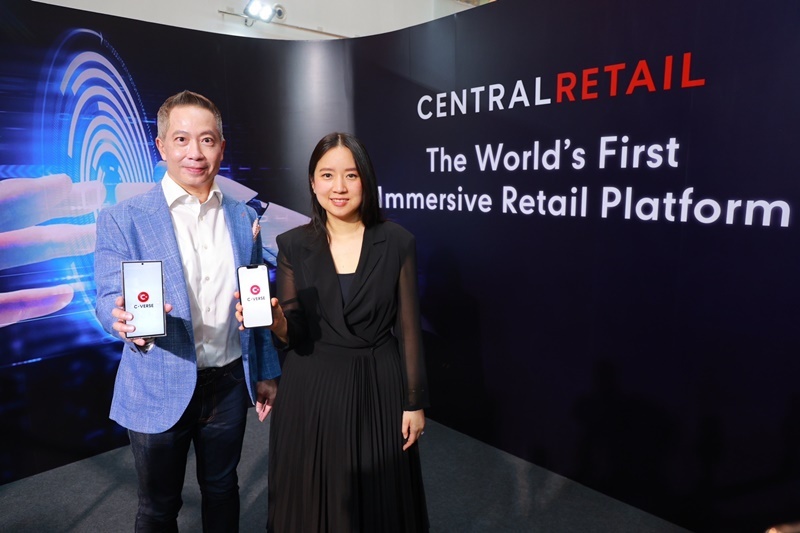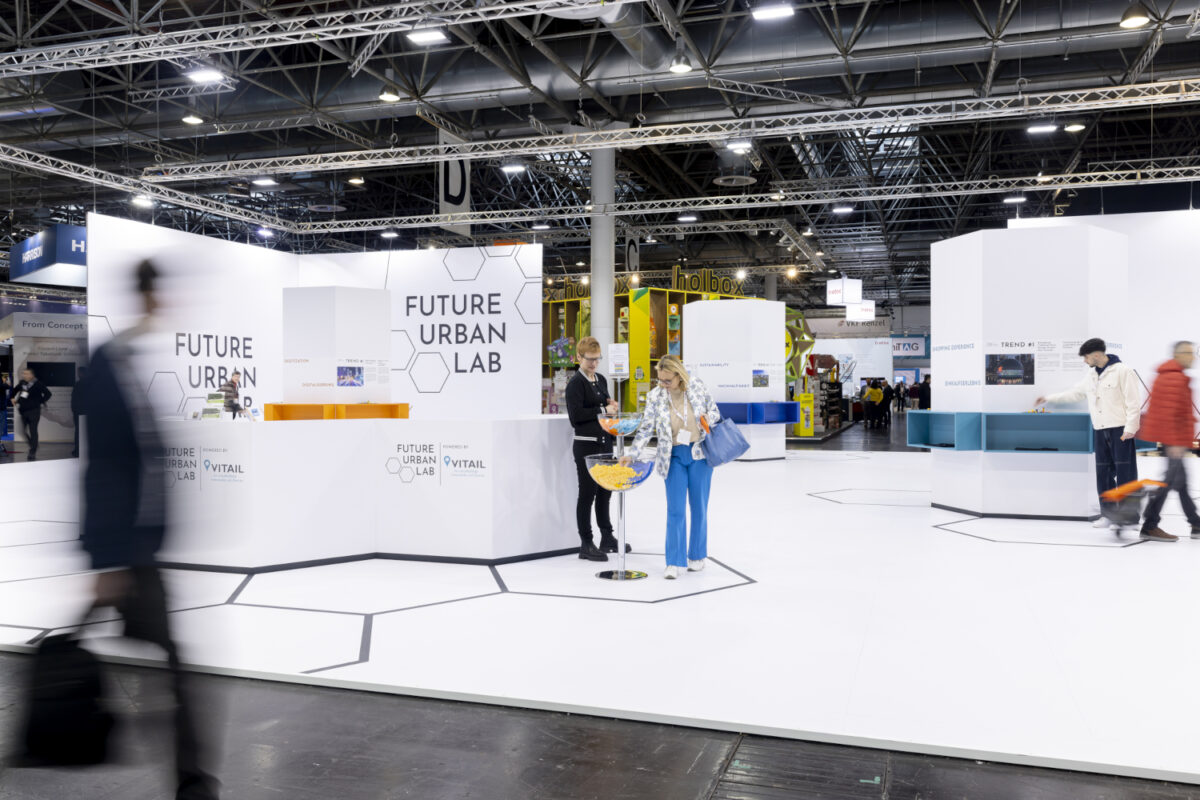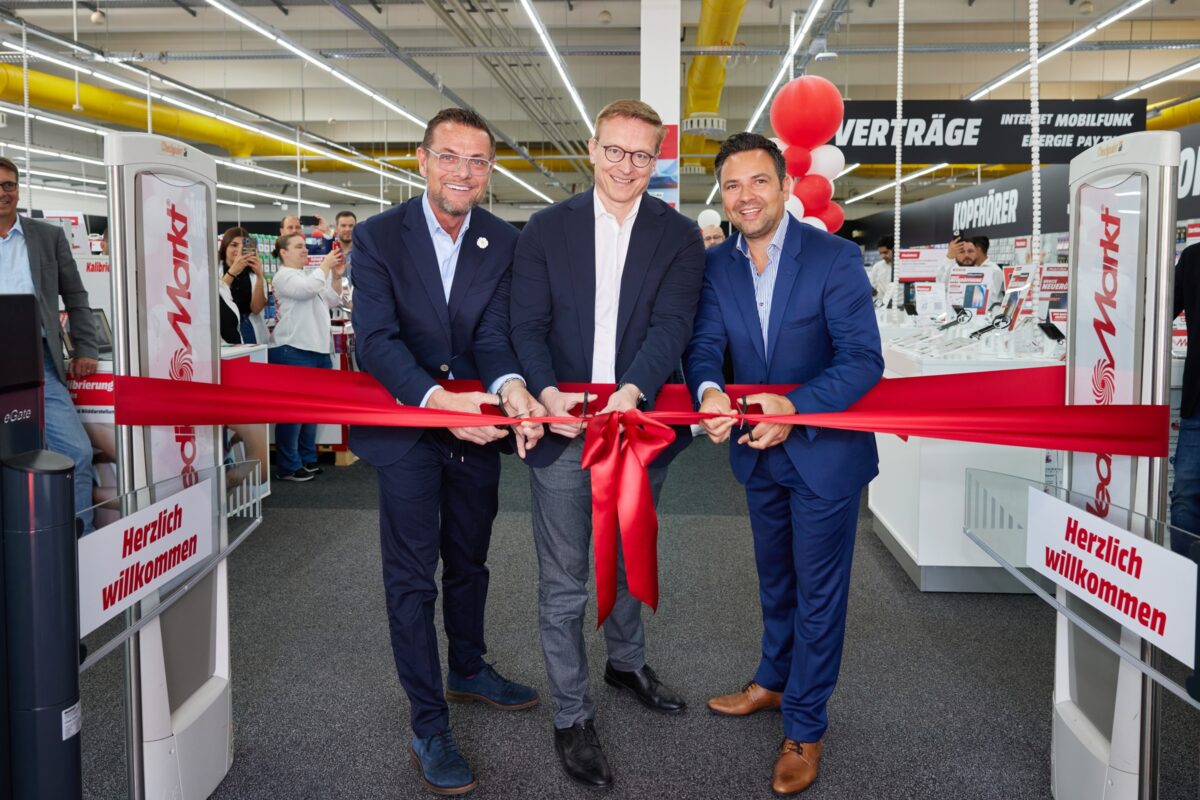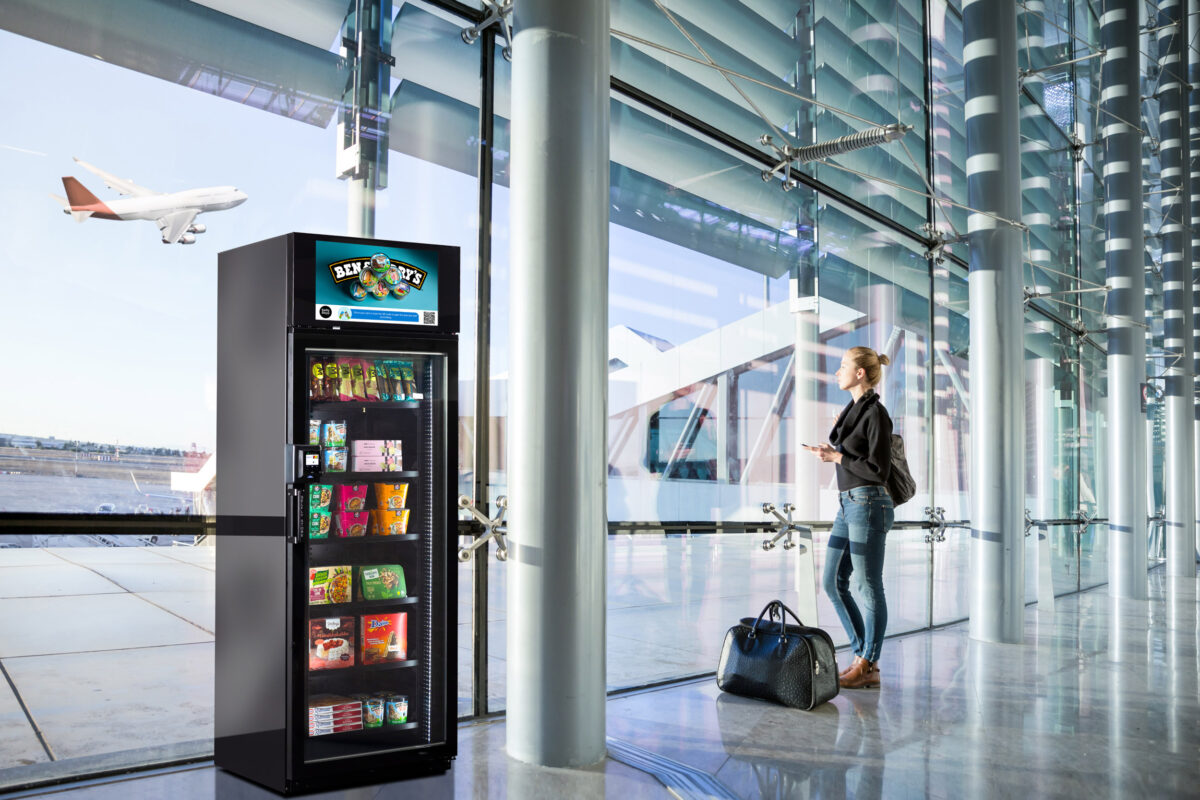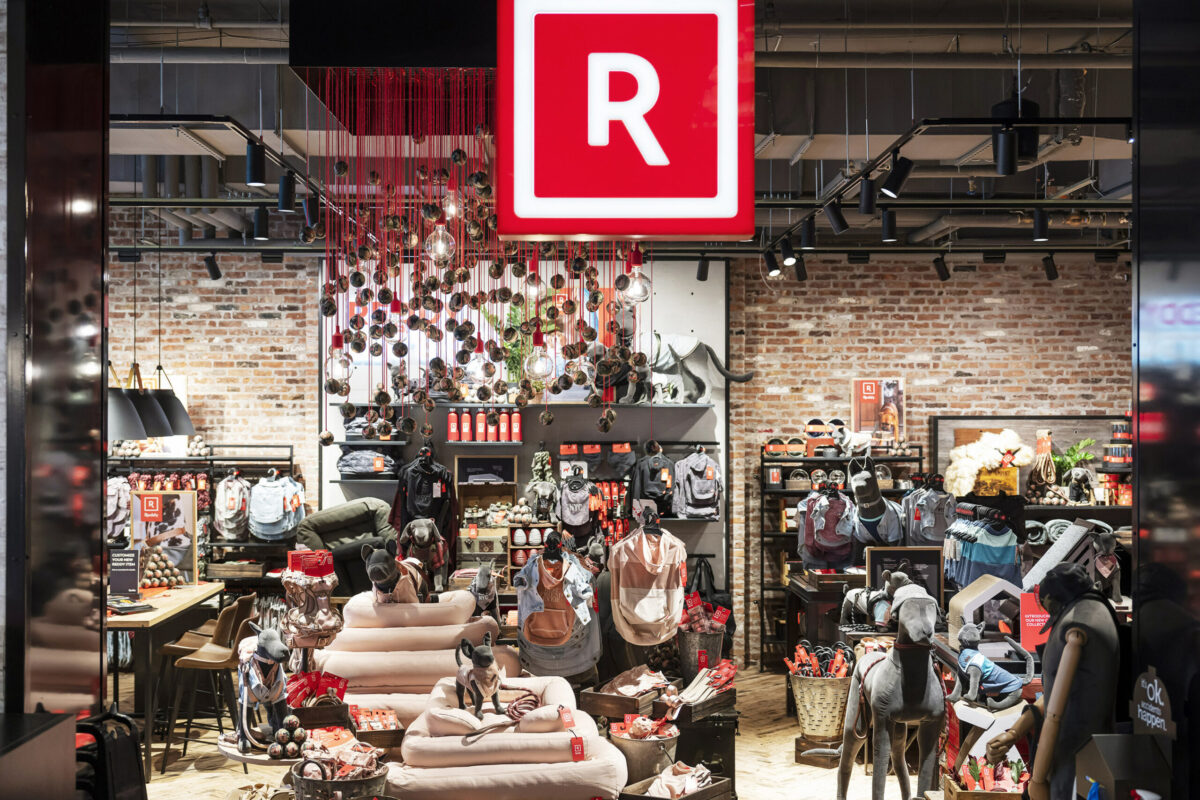EuroShop.mag interviewed Prof. Rainer Zimmermann
Prof. Zimmermann has spent many years working in the communications industry. This included a position as CEO at BBDO Germany and Pleon Europe and also as professor in strategic communication and co-founder of the Retail Design course at PBSA (the Peter Behrens School of Arts) in Düsseldorf.
Your career has been substantially impacted by the communications and media industries. How did you get into design and, in particular, retail design?
The key to it is communication. I spent many years in the business before returning to academia in 2005. The Design Faculty at the University of Düsseldorf largely teaches communications design, and I was asked whether I wanted to take over the chair of Strategic Communication and Marketing. It was the time when the second wave of digital transformation was gaining momentum, and we noticed that the retail trade was affected particularly strongly by this development, yet wasn’t really prepared for it. We realised that business models were going to change, and so was the role of the retail trade for city centres and public space in general. That was when we started to develop a course which focused specifically on communication, design and marketing for this sector. We were confident that a new field was opening up for communication designers and that we could make a contribution to increasing the quality and standard of an industry that continually touches everybody’s daily lives. In previous decades, retailers had taken no interest in design, and – to be honest – designers had shown no interest in the retail trade, either. There has been a major change on both sides.
What’s the difference between a course in retail design and simply in design?
Retail design is communication design, focusing on an industry that includes not only the retail trade but also the restaurant trade and chain stores. A retail designer should be in a position to assess and shape the need for communication and design in the retail trade. This includes the design of retail premises, communication media and digital communication in equal parts. Retail designers must be able to think conceptually and comprehensively, so that they can manage a brand consistently across all touch points.
What kind of skills and interests should a student have if they want to study retail design?
“We carry out specific suitability tests for each course, where each applicant must provide evidence of their suitability as designers. No matter how dominant the applied side may be, design is always a form of art. However, design also needs to prove its practical value, and so we are looking to attract students with both artistic talents and practical experience. Our students include young people who have just left school and have done one or two internships, or have been working for a couple of years as media designers or visual merchandisers. Some were carpenters or have changed their minds after starting a course in architecture. Others again come from fashion design, trade fair construction or the nerd scene. They are interested in further development – in the theory, in artistic design and above all in its practical application, as well as in assuming greater responsibilities.
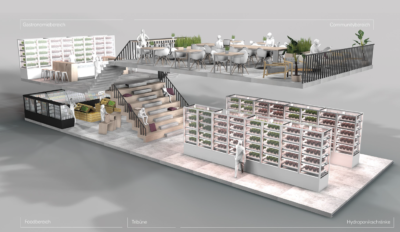
Rendering Tabea Singendonck from her BA-Thesis ‚Conception and Design of a Fusionstore’ (Food and gastronomy incl. farm-to-table Hydroponic). Urban farming, indoor farming and farm-to-table gastronomy are strong trends in retail, even big players in food retailing already grow the salad directly in the store.
The course first started in 2013 and takes 7 semesters, so that the first graduates left in spring 2017. Do you already have one or two examples of former students, of how their careers developed after graduation?
Demand is exceeding the supply. You see, we work closely with various companies in the retail sector, conduct projects together and arrange internships. This means that, even while they’re studying, our students have contact with potential employers. At the same time, it gives businesses an opportunity to get to know students. As a result, there are lots of cases where students proceed seamlessly from their course to a career. The first graduates of 2017 are now largely working in the food retail trade which, unlike fashion, is growing and is setting up design departments, as well as for system suppliers such as Vitra and for architectural and design studios. They usually start as junior designers.”
How would you rate today’s retail design, and how do you think things are developing?
At the moment we are still going through a shake-out period in the market. Online shopping is continuing to grow and high street retailers are getting more scarce, though mainly in towns of less than 50,000. On the other hand, big cities are continuing to have a strong presence of retail outlets and are living increasingly on tourism. The traditional non-vertical fashion retail trade is going to disappear almost completely, because it has no differentiated product ranges. Instead, we will see considerable growth in the vintage segment. We will also see a realignment in the interaction between high street retailers and public space, and there will gradually be fewer cars in city centres and an increase in bicycles. Web-based retailers score well in matters of availability and price – elements which will cease to dominate the high street. Routine purchases will be handled online, special purchases such as luxury items: offline. In this context, the former role of communication and design will become obsolete for sales promotion purposes. Instead, brands will need to differentiate themselves, and there will be an emphasis on experience marketing. A large number of retailers have understood this by now and are investing accordingly. However, many sections of the retail landscape are continuing to work under the previous logic of buying and selling merchandise. They might liven up the atmosphere in their shops a bit, but that’s it. This is not design, it’s decoration. Design always relates to the business model as a whole. But as I said, the market shake-out is in full swing, and those who aren’t quite so good are being driven out by the better ones.”

Prof. Dr. Rainer Zimmermann, PBSA Düsseldorf
Information about the degree program Retail Design







